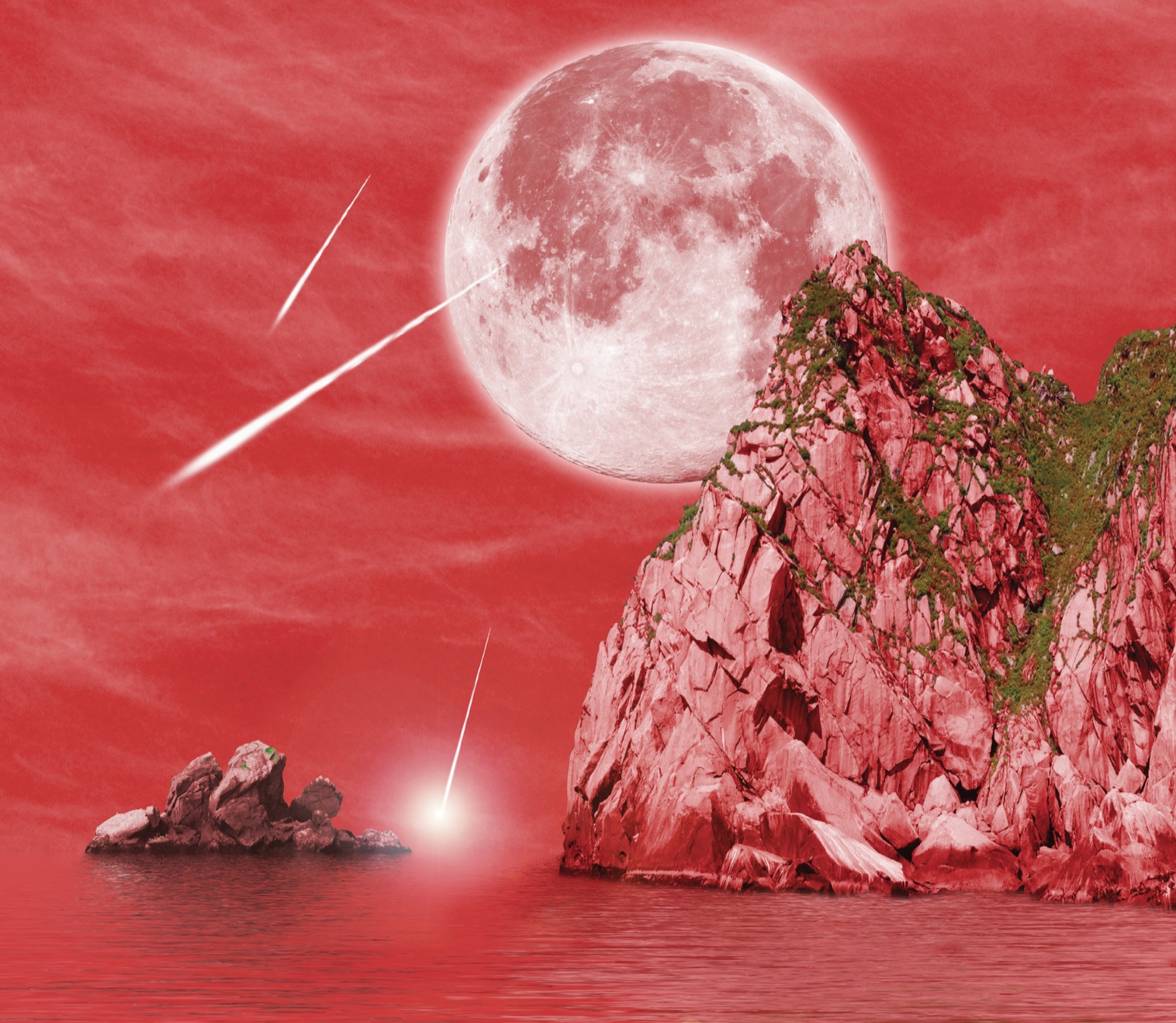This book is dedicated to my editor Sheila Keenan for her perseverance, laughter, and brilliant support; to Jim Hoover for his beautiful layout and inspired artistic art direction; and to my better halfAstrid (aka The Amazing Ms. Shirley, Queen of the Asteroids). It is also dedicated to all the young readers out there who sometimes stop and wonder What if...
D.A.
VIKING
An imprint of Penguin Random House LLC
375 Hudson Street
New York, New York 10014

First published in the United States of America by Viking, an imprint of Penguin Random House LLC, 2016
 Smithsonian
Smithsonian
SMITHSONIAN is a trademark owned by the Smithsonian Institution and is registered in the U.S. Patent and Trademark Office.
Smithsonian Enterprises:
Christopher Liedel, President
Carol LeBlanc, Senior Vice President, Education and Consumer Products
Brigid Ferraro, Vice President, Education and Consumer Products
Ellen Nanney, Licensing Manager
Kealy Gordon, Product Development Manager
Smithsonian National Air and Space Museum:
Andrew K. Johnston, Geographer, Center for Earth and Planetary Studies
Copyright 2016 by David A. Aguilar, Penguin Random House LLC, and Smithsonian Institution
All images David A. Aguilar, except where noted.
.
All rights reserved.
Penguin supports copyright. Copyright fuels creativity, encourages diverse voices, promotes free speech, and creates a vibrant culture. Thank you for buying an authorized edition of this book and for complying with copyright laws by not reproducing, scanning, or distributing any part of it in any form without permission. You are supporting writers and allowing Penguin to continue to publish books for every reader.
eBook ISBN: 9780425288047
LIBRARY OF CONGRE SS CATALOGING - IN - PUBLICATION DATA
Names: Aguilar, David A., author.
Title: Cosmic catastrophes : seven ways to destroy a planet like earth / David Aguilar.
Description: New York : Viking, published by the Penguin Group, [2016] |
Audience: Ages 8-12. | Audience: Grades 4 to 6.
Identifiers: LCCN 2015044536 | ISBN 9780451476845 (hardcover)
Subjects: LCSH: Natural disastersJuvenile literature. | Catastrophes (Geology)Juvenile literature. | PlanetsJuvenile literature. | AstronomyJuvenile literature. | Earth (Planet)Juvenile literature.
Classification: LCC GB5019 .A38 2016 | DDC 520dc23 LC record available at http://lccn.loc.gov/2015044536
Version_1
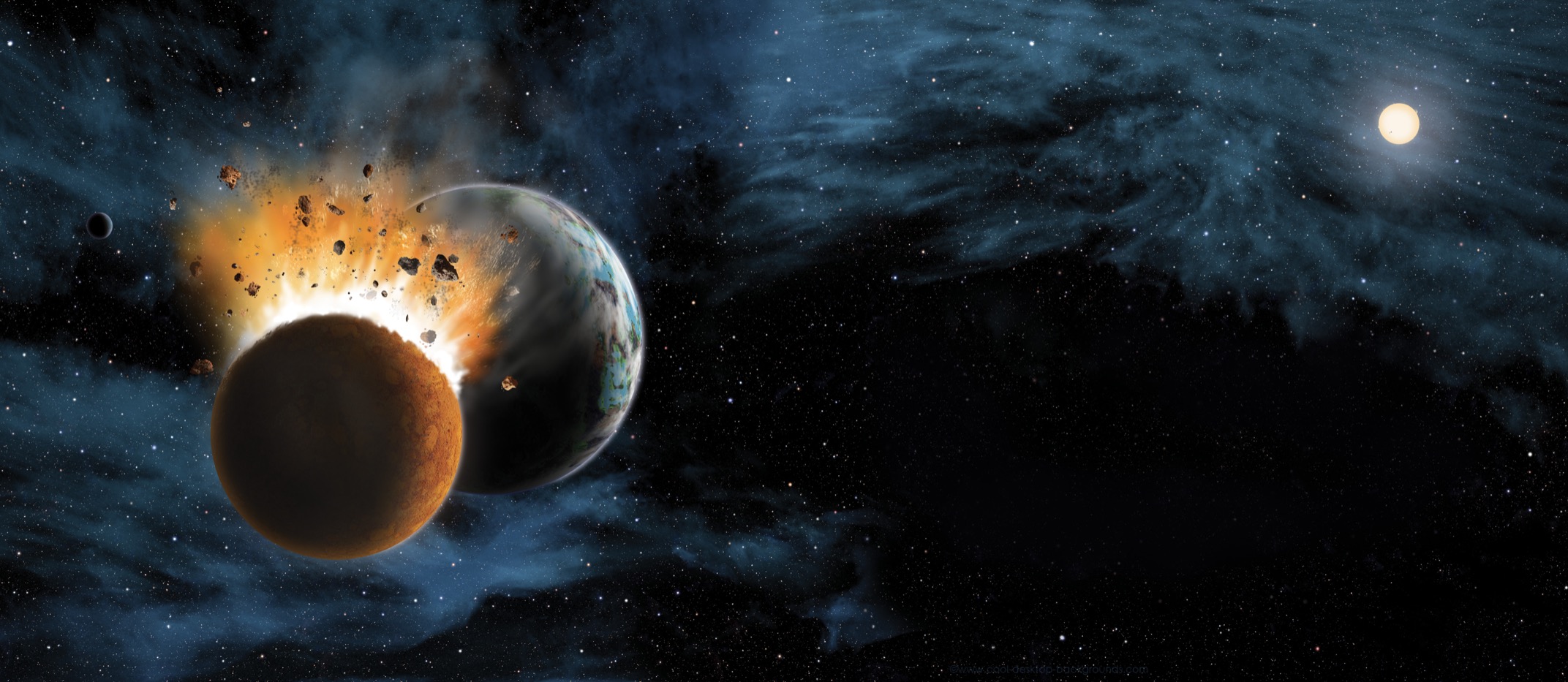
Introduction
FOR THOSE READERS who like things that smash and crash and smoke and burn, this book is for you! For those readers who drive their parents and teachers crazy every time they start a sentence with the words, What if... this book is for you, too! And lastly, for those of you who have wondered why you cannot visit your local animal shelter and adopt a baby velociraptor, this book is really for you!
Why?
Because in the vast realm of outer space, accidents happen all the time. Things bump into other things. Stars blow up. Black holes snack on anything that crosses their paths. Space rocks the size of soccer fields smash into planets. Many of these events could change or eliminate all life on a world like Earth.
Cant happen to us, you say? Then you are going to be surprised to discover some of these accidents have already taken place. What follows is a very realistic and scientifically accurate description of what the future might hold for our favorite planet.
So please put your Crime Scene Investigation white laboratory coat on, roll up your sleeves, and get ready to investigate the most intriguing cosmic catastrophes that could ever happen to a planet. (If you do not own a starched white laboratory coat, a clean white T-shirt will work just as well!)
Welcome to our universe. From countless stars, galaxies, beautiful clouds of gas and dust, right down to the smallest subatomic particles and mysterious dark matter, the universe is the total of everything that exists. If it celebrated birthdays, it would be 13.8 billion years old. Thats a lot of candles to put on a birthday cake! The universe was born right after the event astronomers call the Big Bang. Prior to that, nobody knows if anything existed. Thats really hard to imagine, isnt it?
Our solar system, including the sun, formed about 4.5 billion years ago. Simple forms of life on Earth have existed for at least 3.6 billion years. If we do the math: universe (13.8 billion) minus solar system (4.5 billion), we realize Earth and the rest of our solar system missed out on more than 9 billion years of activity. A lot of stars and planets came and went during this time before we joined the party!
Recently, we have come to understand that the universe is very prolific, spinning out large numbers of planets, including ones like our own Earth. In our Milky Way galaxy alone, there may be more than 20 billion Earth-like worlds orbiting distant stars, and our Milky Way galaxy is just one of more than 225 billion other galaxies we can see in space.
Not only is the universe big, it is a marvelously chaotic place full of collisions, explosions, and searing blasts of radiation from dying stars. New stars and planets are born as older ones cease to be and slip into darkness. Wherever astronomers look with their telescopes, chaos reigns. Life, death, and change are ongoing events in our universe. What happens to planets like Earth is subject to chance and numerous possible outcomes. Some are favorable to life, others not so much. Big changes may occur over extremely long periods of time; others, like this supernova explosion, can happen quite abruptly.
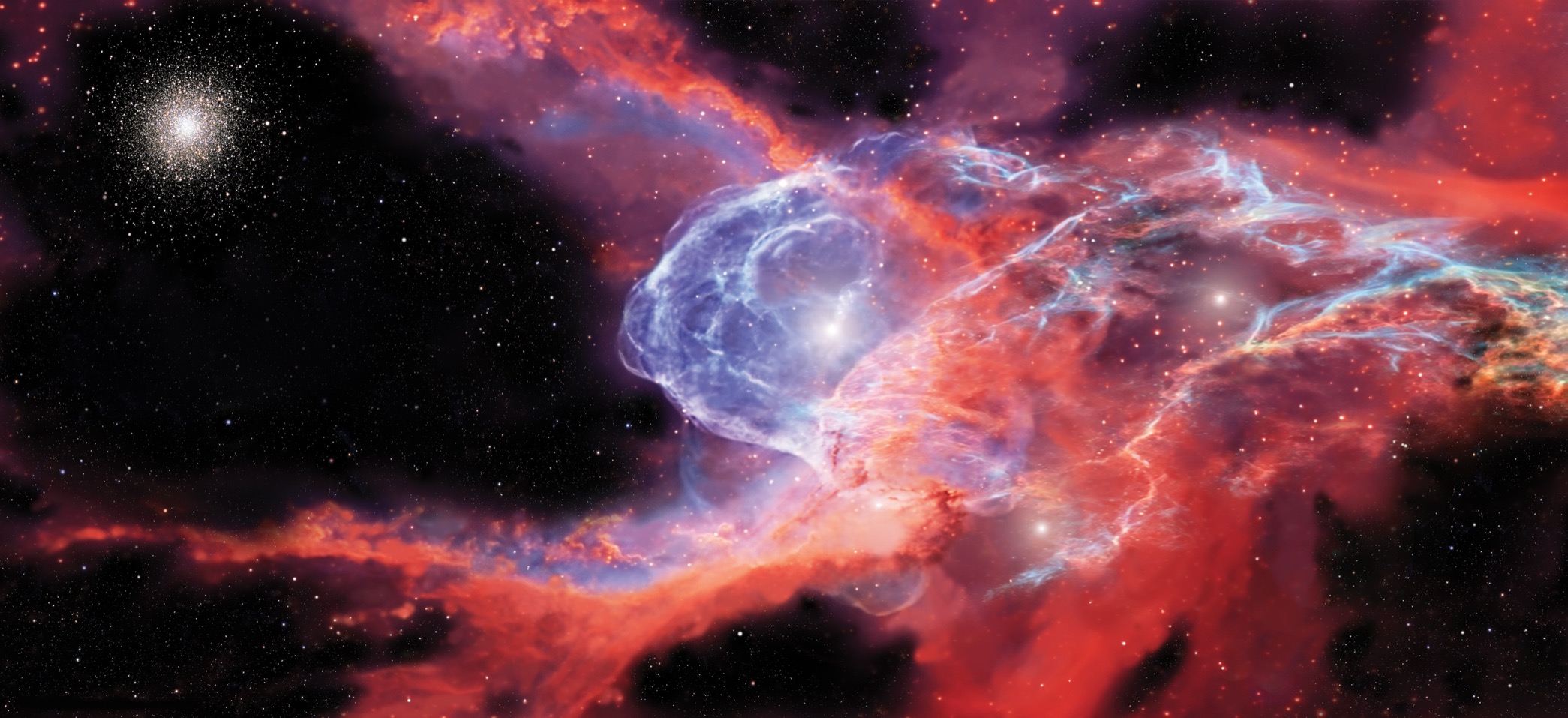
The Earth is unlike any other planet in our solar system. It is a world rich with interdependent life in every imaginable place. Single-celled organisms can be found living inside rocks buried 12 miles (19 km) underground. Bizarre forms of life inhabit our seas and oceans, lakes and rivers. Earths rocky continents are vibrant with life, and so is its atmosphere. Five miles above the surface of Earth, bacteria have been collected living in the clouds.
The first simple life-forms on Earth colored the oceans red.
Life appeared on Earth after it cooled down enough for oceans to form. Life began with simple forms that became more complex over time. We know major planetary events can change or destroy life on a planet, but did you know life could change planets, too?

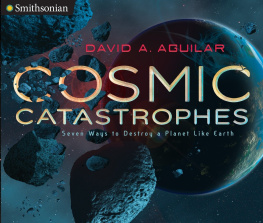
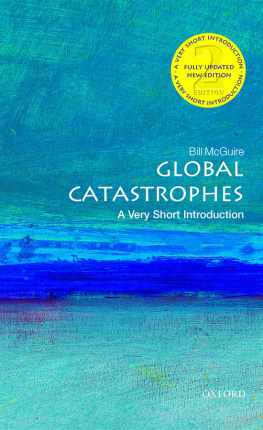
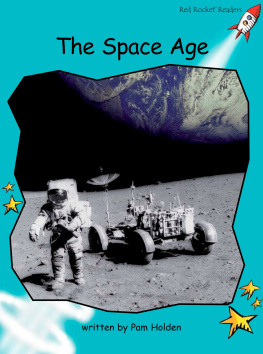

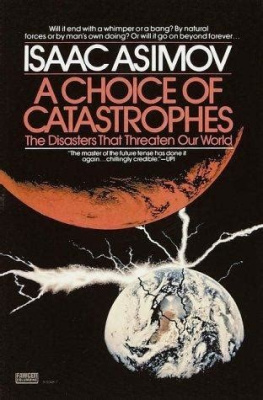
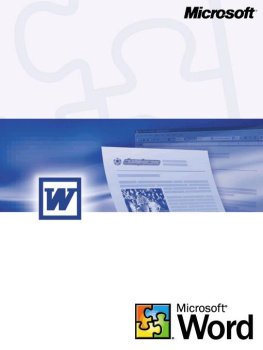
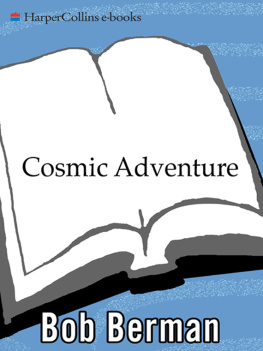
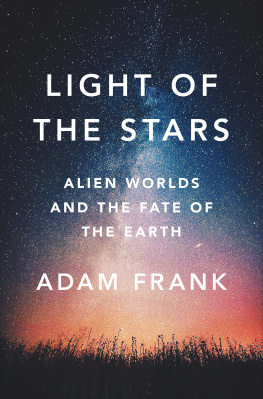
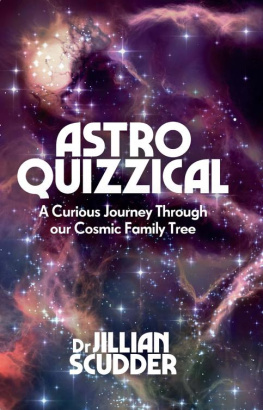

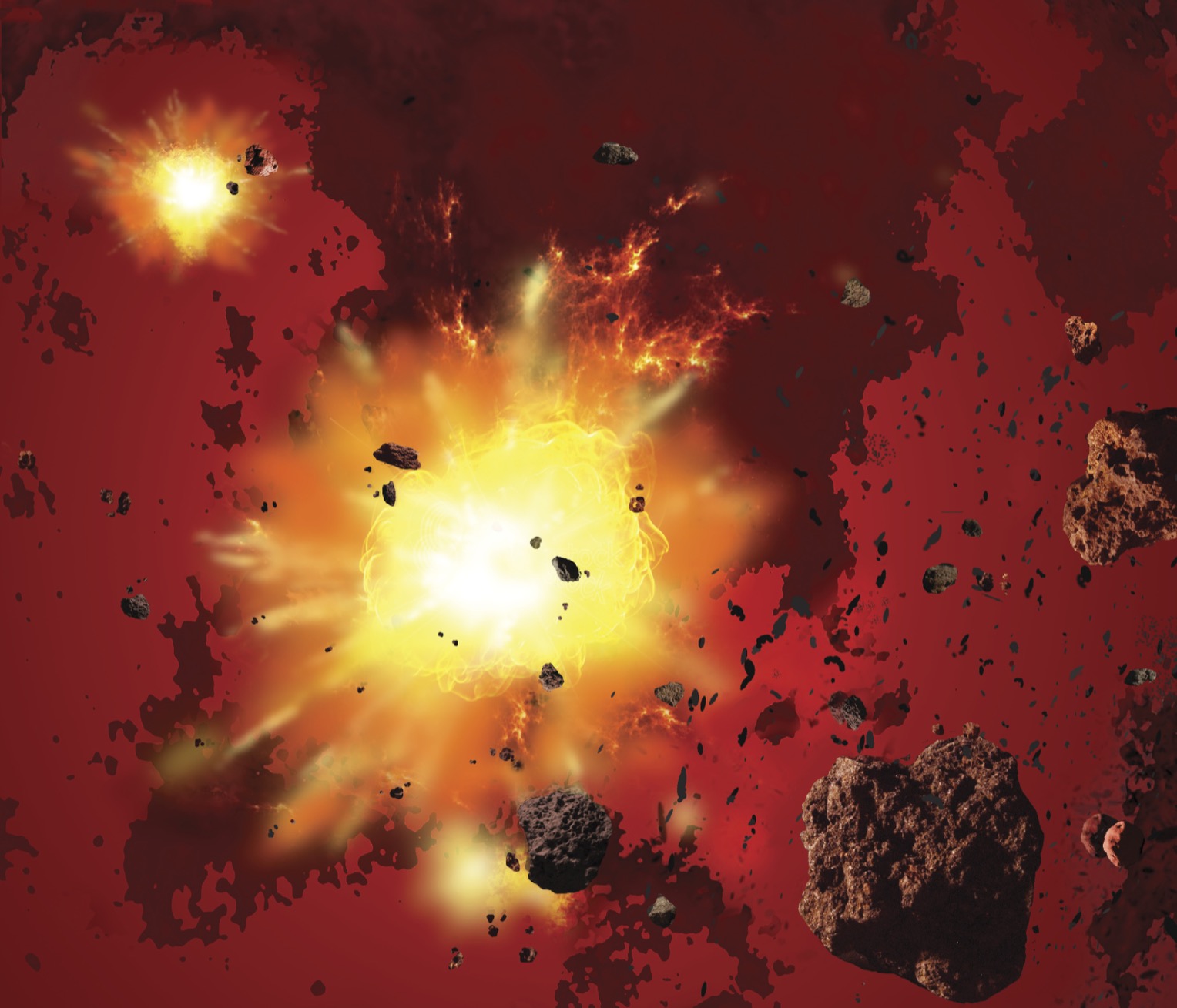


 Smithsonian
Smithsonian


